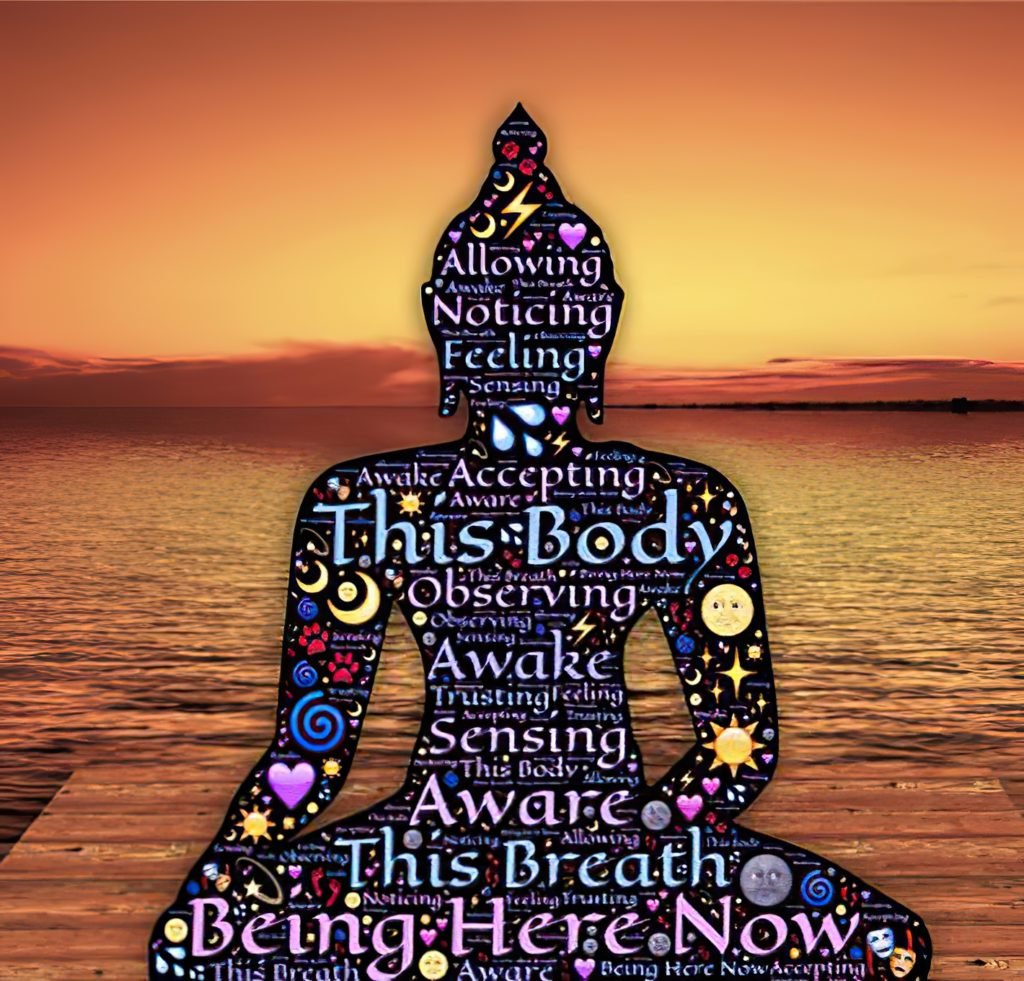7 HEALTHY TYPES OF YOGA, BENEFITS, POSES, AND HOW TO PRACTICE.
FIRST of all, what is yoga?
Yoga is an ancient practice that was founded and rooted 5000 years ago in India by the hand of its philosophies, was developed as a practice to unite the mind and body.
It began firstly as a spiritual practice, but over the years and after knowing its benefits for physical and mental health, it has become more and more popular.
Before knowing about the types of yoga and its benefits, let’s know first what yoga is.
Yoga is a series of stretches and poses that you do with breathing techniques; of course, there are various kinds of yoga styles, moving between gentle practices to physically demand ones.
As yoga comes from INDIA, there are some other practices of other origins, like the Chinese “TAI CHI and QI GONG”.
All these three practices -and maybe there are more – are sometimes called “meditative movement” practices.
They include both meditative elements and physical ones.

WHAT DO WE EXPECT WHEN WE PRACTICE- THE BENEFITS OF YOGA?
If one practices the right type in the right way, one can expect many benefits over his life; it’s a great way to stay limber and energetic, more focused and alert.
it can help to improve these conditions, depending on the type of YOGA you practice:
- Poor blood circulation
- High blood pressure
- Arthritis
- Osteoporosis
- Limited mobility
- Lower back pain
- Trouble breathing
- Headaches
- Tension or stress
- Depression
- relieving stress, improving mental/emotional health, sleep, and balance.
- People who are overweight or obese lose weight.
- Sometimes works with people who are trying to quit smoking.
- Works with people who try to manage anxiety or depressive symptoms associated with difficult life situations.

OF COURSE, THERE IS A VERY IMPORTANT TIP TO SAY: Differences in the types of yoga used in research studies may affect study results. This makes it challenging to evaluate research on the health effects.
SO EVERYTHING ABOUT YOGA BENEFITS MUST BE GAINED FROM THE INSIDE OF THE ONE’s himself and vary from one person to other.
WHAT AREAS DOES IT TARGET?
AS A MATTER of facts, the benefits of yoga are all over the body; it targets everywhere in your body, from A to Z -BODY AND the SPIRIT as well- :
CORE: there are types of practice poses to target just about every core muscle (handles, middle abs….).
Arms: other practices can work on the arms; you don’t have to build arm strength with free weights or machines, but with the weight of your own body.
Legs: it poses works on all sides of the legs, including the quadriceps, hips, and thighs.
Glutes: squats, bridges, and warrior poses involve deep knee bends, which give a more sculpted rear.
Back: it can give back muscles a good stretch. It’s no wonder that research finds it good for relieving a sore back.

Of course, that is the body part; in addition to that, there is the mind part that makes one meditated and relaxed by some other practices combined with the body practices above, LIKE :
Reduce stress: it can help lower stress levels; it does this by focusing the mind using the HERE AND KNOW method, which focuses on the moment and the movements
Increase your concentration: A main part of yoga is rhythmic, focused breathing which can help to focus.
Understand the mind and body connection: it requires you to focus all your energy on each movement or pose exactly. This can help you feel the mind and bodywork together.
Improve balance and stability: Balancing poses require you to use your core muscles. This can help you improve your overall stability.
TYPES OF YOGA AND FORMS:
To obtain all the benefits of yoga, we must know that there are different types and forms of YOGA, they are some kinds of movements called poses, WHICH ONE’S CAN choose depending on one’s goals and fitness level.
These types are:
- Hatha type: The form most often associated with yoga, and the most popular in the U.S, it combines a series of basic movements with breathing, which emphasizes strengthening and purifying the body. It involves physical postures (asanas) and breathing techniques (pranayama).
- Vinyasa type: A series of poses that flow smoothly into one another.
- Ashtanga or Power type: A faster, higher-intensity practice that builds muscle, endurance, and strength.
- Bikram. Also known as “hot yoga,” it’s a series of 26 challenging poses that you practice twice per session in a room heated to a high temperature.
- Iyengar. A type WHICH IS It is fluid and dancelike, focuses on alignment, uses props like wooden blocks, straps, and chairs to help you move your body into the proper alignment.
- Restorative yoga. This type of yoga does not use active postures. It focuses instead on the relaxation part of yoga.
- Kripalu yoga. This is a gentler, slower-moving style of yoga. It’s between restorative yoga and the more vigorous forms.
BUT,
To tell you the truth, whether you are an expert teacher or practicing, or just a beginner that seeks to meditate or build your outer and inner health, having a steady amount of reference books will help you to increase your knowledge and understanding of that practice and to also choose the right types of all the types of yoga. After all, yoga means ‘Yuj’ in Sanskrit, it’s the joining of body and mind, and you must work on both of them indeed cause the practice of it involves so much more than just performing poses and engaging in breathing techniques.
And, after a lot of research and professional opinions, here are the ten essential books about YOGA you can not afford to ignore; you bet you will benefit a lot by reading all or some of them.
BEST 10 ESSENTIAL BOOKS ABOUT THE TYPES OF YOGA FOR TEACHERS AND PRACTITIONERS.
In the end, let us say that we are living now in a world that is full of stress and tension, enduring us from all parts of our life, so it is very important to find some Pease and relaxation to our bodies and souls. And these are exactly the benefits of YOGA. ALL TYPES OF YOGA’S main goal is teaching you to pay attention, you fine-tune your attention, beginning with the body, and then moving to the mind.
As one gets deeper into practice over the years, one starts to see the mental and spiritual benefits.






Excellent